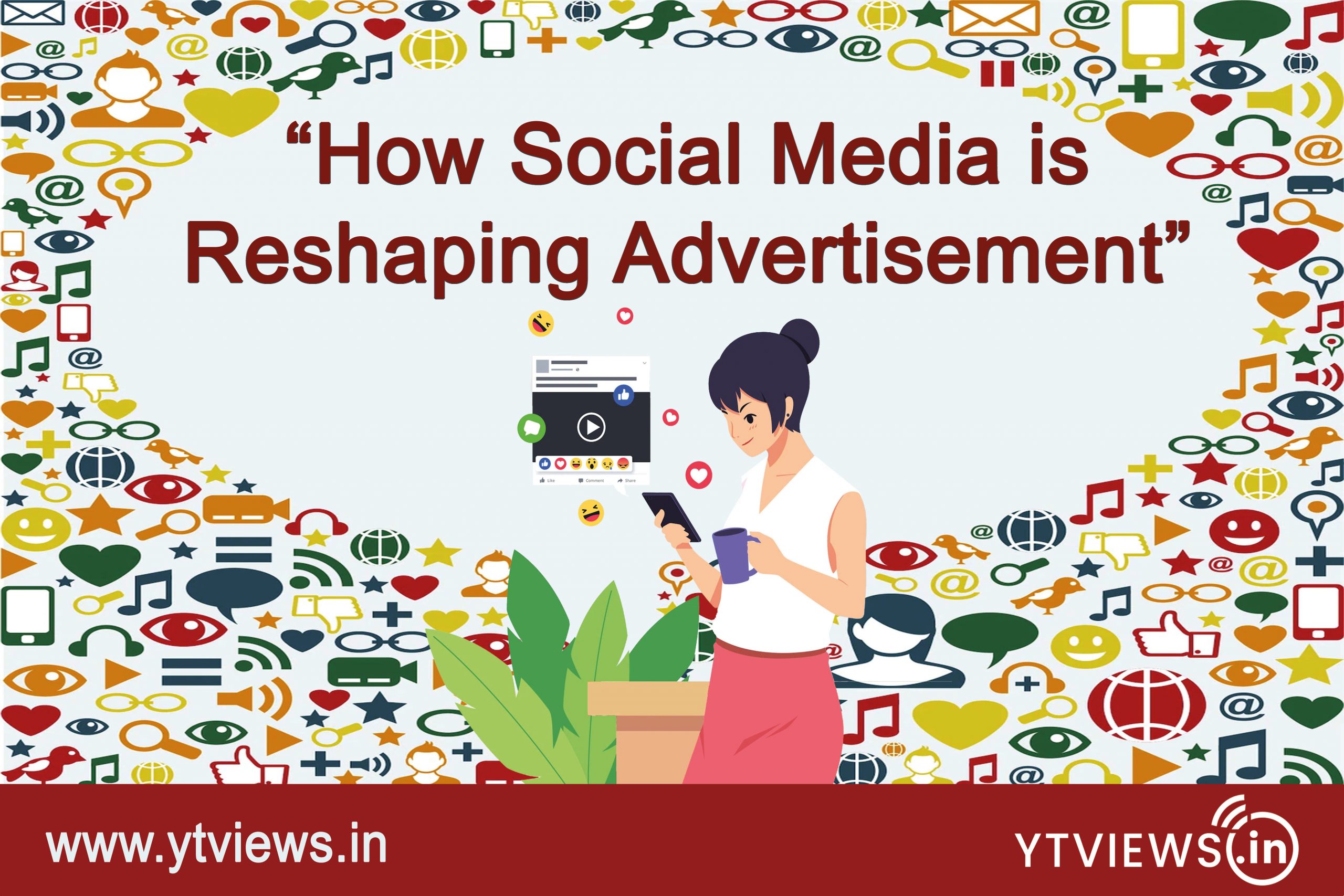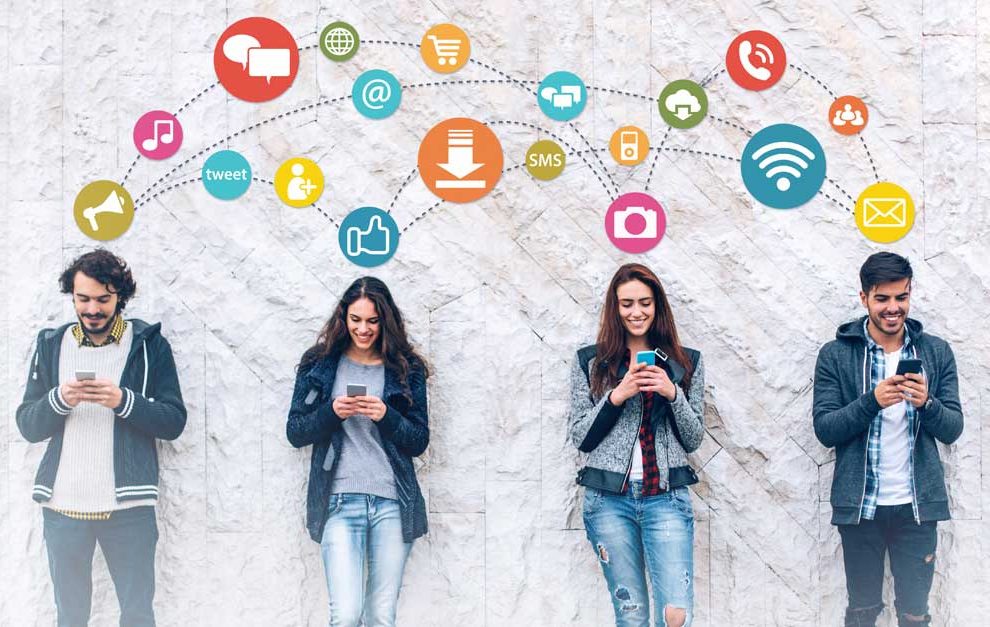How Social Media is Reshaping Advertisement
 In a world where consumers are bombarded with up to 10,000 marketing messages a day, it’s no wonder that advertising is no longer a one-way street. With the advent of social media, consumers now have the power to not only receive advertising messages but also to share them with their networks.
In a world where consumers are bombarded with up to 10,000 marketing messages a day, it’s no wonder that advertising is no longer a one-way street. With the advent of social media, consumers now have the power to not only receive advertising messages but also to share them with their networks.
As a result, advertisers must now be more strategic in their approach, creating ads that are not only attention-grabbing and relevant but also shareable. Additionally, they must be aware of how their ads are being received by consumers and be prepared to engage in two-way dialogue.
By understanding the new landscape of advertising, marketers can create campaigns that are more effective and efficient in reaching their target audiences.
The Traditional Advertisement Is Losing Its Impact

In a world filled with social media and constant entertainment, it’s no surprise that people are finding traditional advertisements less and less impactful. Advertisements are everywhere we look, whether we’re scrolling through our Facebook feed, watching TV, or walking down the street. We’re bombarded with ads every day, and most of us tune them out without even realizing it.
Traditional advertising is losing its impact because people are becoming immune to its messages. We’ve become so used to seeing ads that we no longer really pay attention to them. And even when we do notice an ad, we often don’t remember what it was for minutes later.
If companies want to continue to reach consumers, they need to find new and innovative ways to get their attention. Traditional advertising just isn’t cutting it anymore. That’s where viral marketing comes in.
The Power Of Social Media

In this day and age, it is difficult to overestimate the power of social media. With platforms like Facebook, Twitter, and Instagram, people can connect with others from all over the world with the click of a button.
And while there are certainly some negatives to this 24/7 connectivity, there are also a lot of positives.
For one thing, social media has made it easier than ever for people to connect with friends and family members who live far away. No longer do we have to wait for letters or phone calls to stay in touch—we can simply log on to our favorite platform and chat in real-time.
Social media has also given a voice to marginalized groups who might not otherwise be heard.
What’s more, social media can be used to raise awareness about important issues and rally people around a cause. In recent years, we have seen the power of social media in action with the #MeToo and #BlackLivesMatter movements.
Case study: Coca-Cola’s #ShareaCoke Campaign
In 2013, Coca-Cola launched the ShareaCoke campaign in Australia. The campaign was a success, with sales increasing by 7% in the first year. The campaign was so successful that it was rolled out to other countries, including the United States.
Coca-Cola’s ShareaCoke campaign was a marketing strategy designed to increase brand awareness and sales of Coca-Cola products. The campaign involved giving away free Coca-Cola products with personalized labels that featured the names of friends, family, or celebrities. The campaign was successful in increasing brand awareness and sales of Coca-Cola products.
Why Social Media Is The Future Of Advertisement?
There are a few key reasons why social media is the future of advertisement. First, social media platforms have a far reach compared to other channels. There are over 2.6 billion active social media users worldwide, which presents a huge opportunity for businesses to reach a large audience.
Another reason why social media is so effective for advertising is that it allows businesses to target their ads specifically to their target audience.
Related Posts

Instagram Implements Advanced Protections for Teen Users.

5 Skills to Become a Successful Social Media Marketer

LinkedIn Adds AI Training Opt-out Option

What Video Editing Software Do Youtubers Use in 2024?

How VoIP Services are changing the Way We Make Calls






































